 Figure 1.
Figure 1.
Humidity and wetness can be cited as the major reasons for various kinds of damage and unsightly appearance in buildings, on account of the porous structure of different mineral-based building materials, which leads to capillary absorption and the high sensitivity towards water absorption.
The destructive effects of freeze-thaw changes, erosion of the structure and microorganisms that prosper in humid environments, are well-understood phenomena. Corrosion of reinforcing steels in concrete buildings can also be attributed to the corrosive effects of absorbed water, requiring expensive renovation. Efflorescence, lime washout and the growth of moss, mushrooms and algae all occur on wet surfaces. Furthermore, insulation of wet masonry is adversely affected.
Be it new-build construction, reconstruction, renovation: ensuring the dryness of a building should be given high priority by planners, businessmen and clients to avoid the costs of repairs to damage caused by water. Chemistry also plays an important role in protecting the building and should be a key consideration in every strategy for blocking water. Hydrophobic silicones, in particular, have proven to be highly effective in creating humidity barriers in building materials and their use goes back to more than 40 years. Silicones used for impregnation can provide a range of benefits based on its structure including:
• High water repellency;
• Excellent vapour permeability;
• Good alkaline resistance;
• Good penetration;
• Unchanged appearance of the substrate; and
• Long-term effectiveness.
It is the unique combination of high water repellency and high water vapour permeability provided by silicones that leads to a dry structure.
 |
figure 1&2-5. |
Siloxane: The humidity barrier
Silicones or silanes used in the hydrophobation of construction or construction materials can essentially be subdivided into three classes (Figure 1 and Table 1), which include:
• Monomeric alkyl alkoxy silanes;
• Oligomeric alkyl alkoxy siloxanes;
• Polymeric siloxanes (methyl polysiloxane resins).
All three types help to build a stable, three-dimensional, resin-like network. The chemical similarity to silicate components of the building materials leads to a stable and durable bonding to most mineral substrates. At the same time, the alkyl groups migrate to the exterior (air) side and act like little umbrellas against the penetration of humidity (see Figure 2).
Depending on the chemical structure, the mode of action or the site of attachment of the siloxanes must be distinguished. While polysiloxane creates a film particularly at the substrate surface, the low-molecular-weight silanes and oligomeric siloxanes penetrate into the available pores, that is, the low molecular products are subject to capillary absorption. Being embedded in the pores of the building material, they reduce the capillary absorption of water – which is the well-known 'sucking effect' of all capillaries. Therefore, low-molecular-weight silanes and oligomer silanes have negligible influence upon the substrate surface, and the appearance of the building material remains visually unchanged. Polysiloxanes, on the other hand, form a surface film causing a visual change in that it results in a dark, wet-looking surface.
Beading effects – which are commonly used to demonstrate the effectiveness of a hydrophobic treatment – are much more pronounced for a polysiloxanes-treated surface, than for the two other product classes. This isn't, however, an indication of effectiveness. On the contrary, no film-forming polysiloxane is included in the list of products allowed by the German regulations for public building construction: ZTV-SIP. Whereas, silanes and the polysiloxanes are traditionally used as hydrophobic agents, more recently oligomeric siloxanes are 'on the advance' now.
Oligomeric siloxanes represent an excellent way of combining the properties of the two other classes, such as high effectiveness and good penetration, durable bonding and minor visual change of the surface, along with the good water vapour permeability that is typical of silicone.
The chemical characteristics of oligomeric siloxanes also offer better solutions for the production of water-based impregnating emulsions.
 |
figure 3&4-5. |
The future
Growing environmental consciousness and official regulations demand the use of low volatile organic compound (VOC) or true VOC-free products in general and in the field of hydrophobic impregnation for construction. This has led to the development of aqueous impregnating emulsions. Figure 3 shows that modern low-VOC products give the same performance as conventional, solvent-based agents. The effectiveness of hydrophobic impregnation has also been shown for different building materials.
Two further points can be noted:
• A comparison of untreated substrates with impregnated ones shows the high-effectiveness of the hydrophobic impregnation;
• The solvent-based Baysilone impregnating agent LO-N and the water-based Baysilone Emulsion WA provide a similar effect.
GE Bayer Silicones (GEBS) relies upon more 'standard' emulsions rather than using micro-emulsions. While micro-emulsions are also effective, they are known to have limited storage stability, particularly in the application form. GEBS emulsions, on the other hand, do not suffer this disadvantage and exhibit excellent storage stability upon dilution. GE has been able achieve such a high level of performance by using a unique and proprietary emulsification technology developed for siloxanes called the jet emulsifier.
The jet emulsifier
A decisive advantage of the jet emulsifier (STR-D) – a new patent-protected technology for the production of storage-stable siloxane emulsions – lies in the efficient mixing of the oil and water phases when compared to conventional dispersers such as high-pressure homogenisers and colloid mills.
The STR-D (see Figure 4) consists of an in-front mixing station and high-pressure nozzles.
Processes comparison
The energy input with high-pressure homogenisers is considerably higher than for other methods per volume unity. This mechanical energy reduces the input of hydrophilic surfactants considerably, which is particularly important for hydrophobic agents – because the surfactants are hydrophilic in nature. A comparison of the Jet emulsifier and the high-pressure homogeniser shows that at the same pressure the Jet (STR-D) produces smaller particle sizes than the high-pressure homogeniser.
Siloxane emulsions produced under comparable conditions show the clear advantage of the STR-D: including the smaller particle size and improved storage stability, in particular (see table 2). These results are achieved despite using a reduced amount of surfactants.
A further advantage of the STR-D is the high degree of calculability and predictability of the effectiveness of the emulsification (Table 3) as well as constant reproducibility, which translate into improved product quality and consistency, resulting in quality controlled production.
In conclusion, the Jet emulsifier offers the following advantages:
• Use of low levels of surfactants
• Small particle size
• Calculability of the dispersing results
• Reproducibility and consistent quality
• Very good storage stability
An old problem of effective aqueous impregnating agents – the storage stability – could be solved with the help of these improved emulsions.
 |
figure 1-5. |
As a rule, impregnating emulsions are produced as concentrates (approximately. 35 to 60 per cent) and thinned down for application. The thinning rate is about 1:4 to 1:10 depending on both the application and the substrate. But even thinning at 1:30 or 1:60 is not uncommon. Thinning has particularly been a challenge for emulsions – or used to be.
As demonstrated above, storage-stable emulsions can be produced with the STR-D. However, what is the case for dilutions?
GE’s STR-D technology also proves helpful here. The effectiveness of Baysilone impregnating emulsion WA is basically unchanged after storage for 18 months after dilution. In this case, it was diluted 1:10. This product is protected, for example under EP 0616989 B1 and its equivalents. The small deviation observed for lime sandstone lies within the accuracy of the measurement.
Finally, Baysilone impregnating emulsion WA meets the stringent requirements of the German regulation for construction concrete ZTV-SIP for OS-A fully.
Figure 5 shows the samples for the test carried out at the Polymerinstitut, Floersheim, Germany. The picture on the top shows a cross-section of the test block and provides evidence for a low particle size. To the bottom are shown the test blocks from freeze-thaw-cycle testing. The highly effective protection provided by treatment with eEmulsion WA can clearly be seen.
 |
figure 2-5. |
Finally, the following aspects can be concluded as regards the use of siloxanes, silanes and jet emulsifier technologies in the protection of surfaces:
• Mineral, porous building materials are attacked by humidity;
• Effective protection is achieved with hydrophobic siloxanes;
• Water thinnable, environmental-friendly siloxane emulsions achieve the same results as conventional, solvent-based products; and
• With the jet emulsifier technology, storage-stable siloxane emulsions can be produced of consistently high quality.
*Karl-Heinz Kasler of GE Bayer Silicones presented this paper at a recent European Conference Coatings for Masonry and Concrete in Belgium.








.jpg)




.jpg)

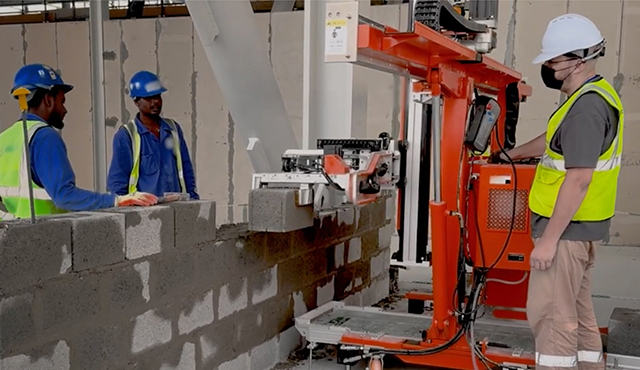
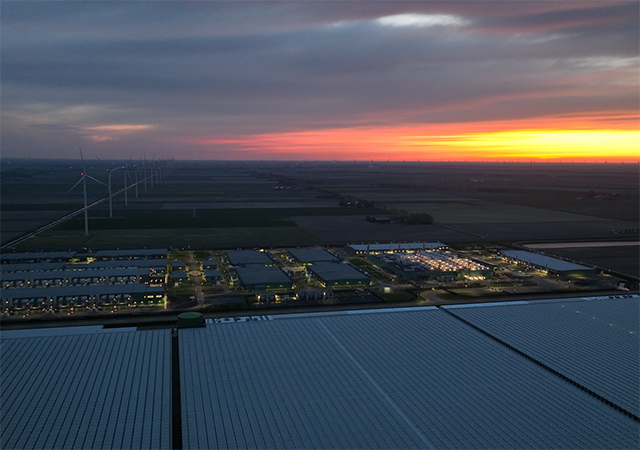
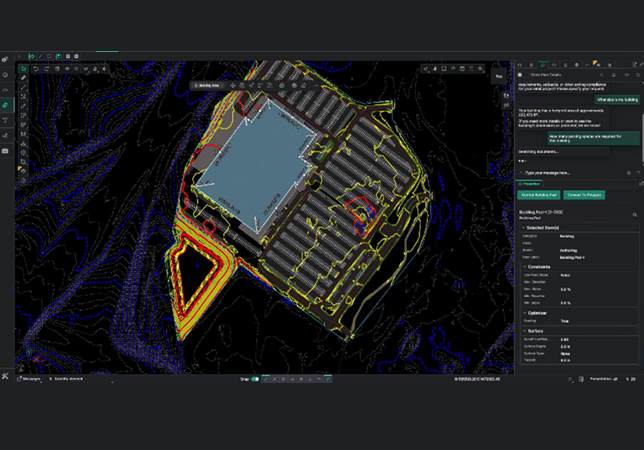




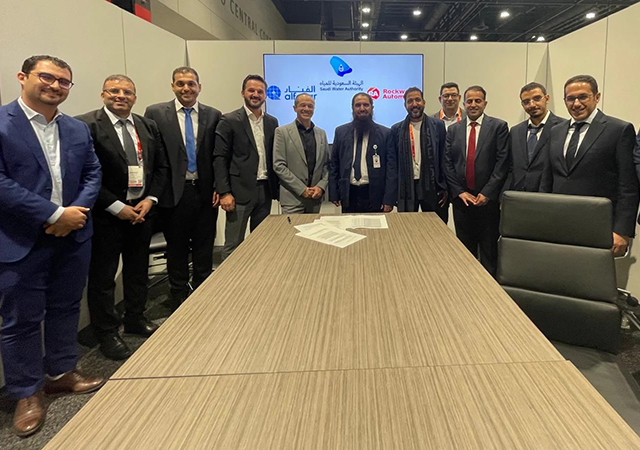

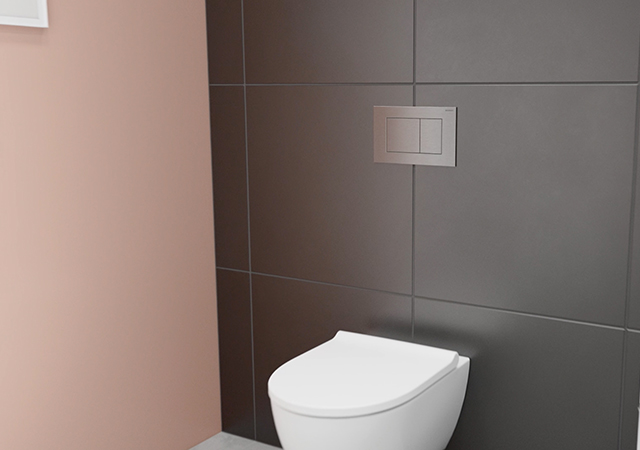



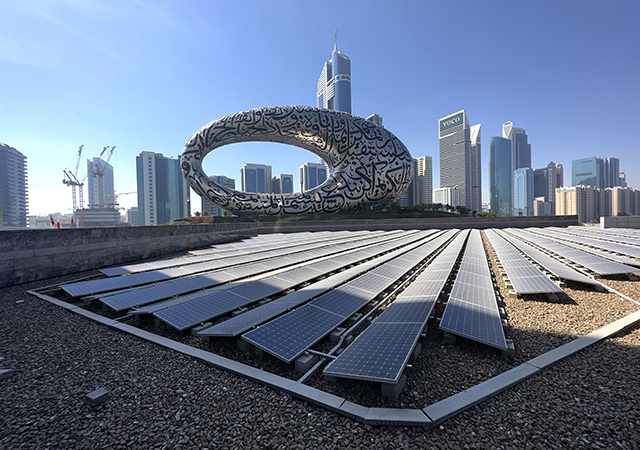
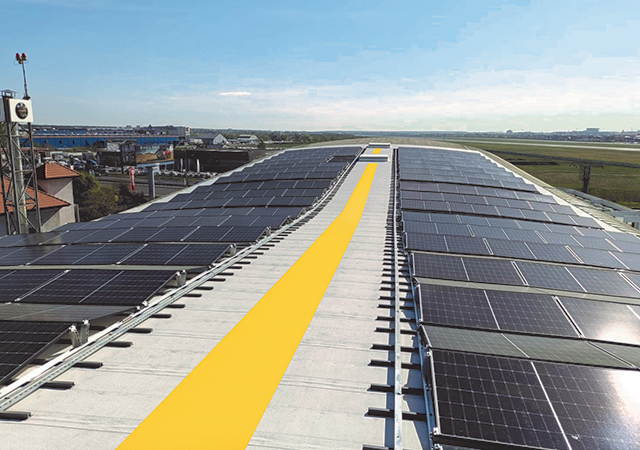
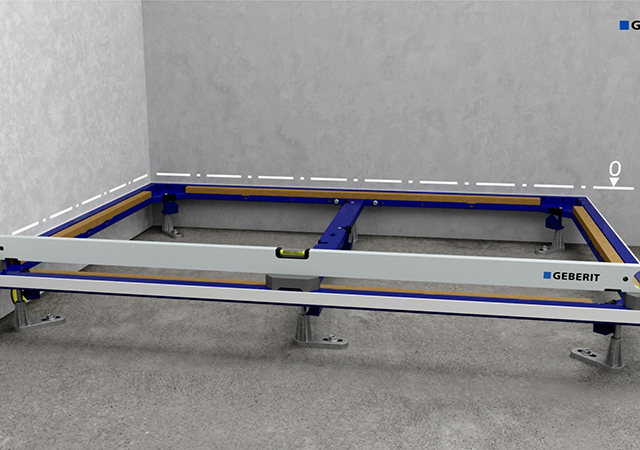






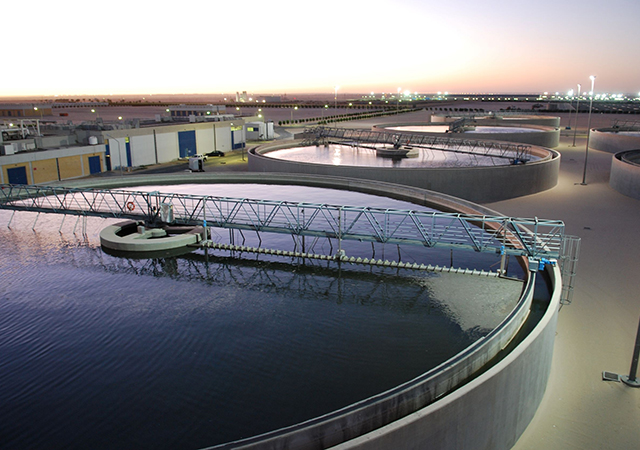
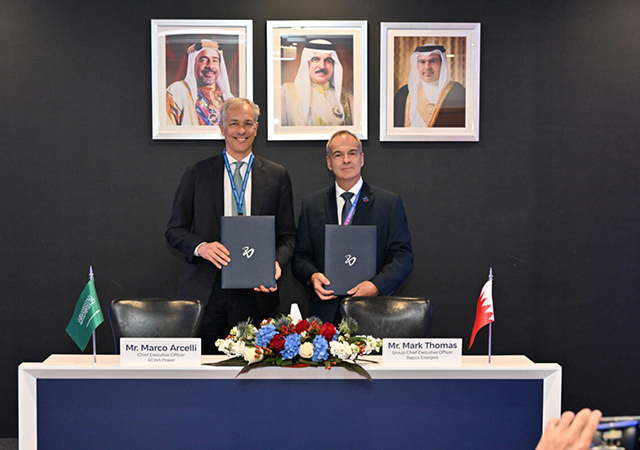



.jpg)
































